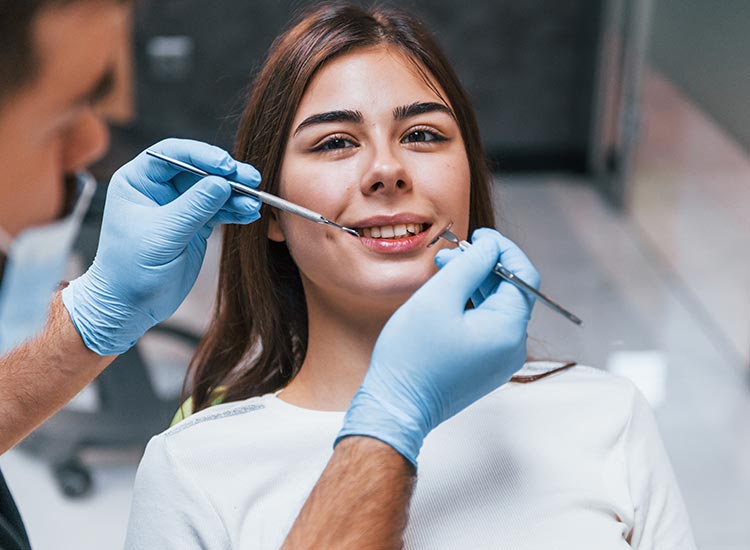Do orthodontists do teeth reshaping?
Orthodontists typically focus on straightening teeth and correcting bite issues, but some may perform minor teeth reshaping to improve alignment and appearance.
Key Points to Consider:
Orthodontists primarily specialize in tooth alignment and bite correction.
Minor teeth reshaping may be done to enhance orthodontic results.
More extensive reshaping is usually handled by a general or cosmetic dentist.
Teeth reshaping can complement braces or aligner treatment.
Always consult your orthodontist or dentist about the best option for your case.

When Orthodontists Perform Teeth Reshaping
Orthodontists sometimes perform minor tooth reshaping, also known as enameloplasty or interproximal reduction (IPR), during orthodontic treatment. This involves carefully smoothing or contouring small amounts of enamel to help teeth fit together better as they move into alignment. It’s often used to correct slight overlaps or create space for crowded teeth.
Why It’s Done During Orthodontic Care
This small adjustment can improve the overall appearance and function of your bite after braces or aligners. It’s a quick, painless procedure and can make a noticeable difference in achieving a balanced, even smile. However, orthodontists typically limit reshaping to minor cases and refer patients to a cosmetic dentist for more noticeable changes.
Who to See for Cosmetic Teeth Reshaping
If you’re seeking teeth reshaping primarily for cosmetic reasons — like evening out tooth length or improving shape — a general or cosmetic dentist is your best option. They have the tools and experience to safely reshape, smooth, or bond teeth for aesthetic improvements. Dentists can also combine reshaping with other cosmetic treatments like veneers or bonding.
Factors to Consider Before Reshaping
Your dentist or orthodontist will assess your enamel thickness, tooth health, and cosmetic goals before recommending reshaping. Teeth reshaping is a permanent procedure since enamel doesn’t regenerate, so it’s important to weigh the benefits and risks. Discussing your long-term dental plans with both professionals can help you decide the best course of action.

If you’re interested in improving the shape of your teeth, schedule a consultation with your dentist or orthodontist to explore your options and find out what’s right for your smile.
